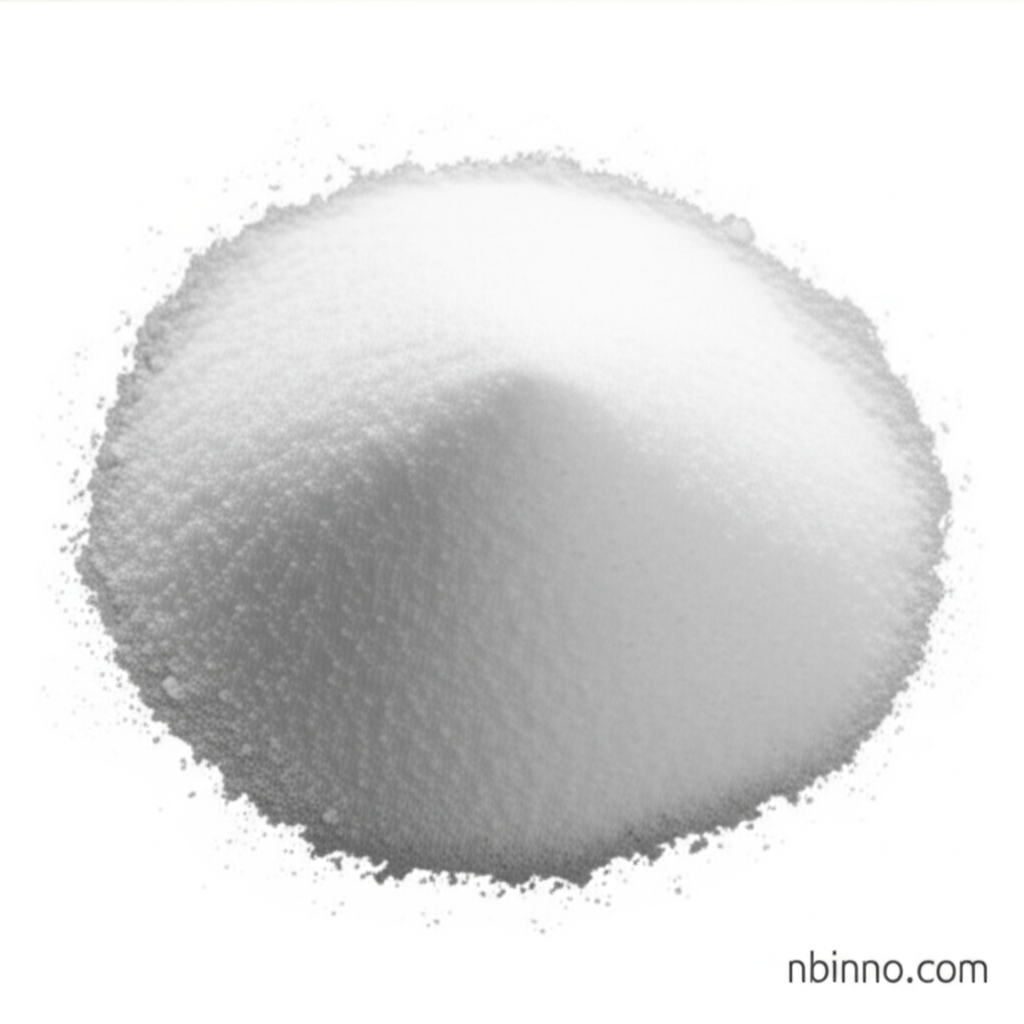Stearic Acid: Properties, Applications, and Industrial Significance
Discover the multifaceted industrial applications and essential properties of stearic acid, a key chemical compound.
Get a Quote & SampleProduct Core Value

Stearic Acid
Stearic acid is a vital saturated fatty acid with the chemical formula C18H36O2. It is widely utilized across various industries due to its unique chemical properties and versatility. Its ability to act as a surfactant and emulsifier makes it crucial in many manufacturing processes, while its relatively low melting point contributes to its utility in formulations requiring specific textures and stability. As a naturally derived substance, stearic acid aligns with the growing demand for sustainable materials in industrial applications.
- Explore the various industrial applications of stearic acid, understanding its critical role in enhancing product performance and stability.
- Learn about stearic acid's benefits and uses in sectors ranging from cosmetics and personal care to rubber and plastics manufacturing.
- Discover the chemical properties of stearic acid, including its solubility and stability, which make it an indispensable intermediate.
- Understand the importance of buying stearic acid from reliable suppliers to ensure consistent quality for your production needs.
Product Advantages
Chemical Stability
Stearic acid exhibits excellent chemical stability, making it suitable for a diverse range of industrial uses and formulations where consistent performance is critical.
Economic Viability
This fatty acid offers economic viability, often providing a cost-effective solution compared to similar materials, facilitating budget-friendly production processes.
Renewable Resource
As a substance derived from natural sources like vegetable oils, stearic acid is a renewable resource, supporting environmentally conscious manufacturing practices.
Key Applications
Cosmetics and Personal Care
Stearic acid serves as a base material for creams, lotions, and soaps, acting as a softener, stabilizer, and emulsifier, crucial for product texture and feel.
Rubber and Plastics
In rubber and plastics, stearic acid functions as a lubricant and release agent, enhancing flexibility and reducing stickiness during processing.
Candle Manufacturing
It increases the melting point and hardness of candles, contributing to a longer and more consistent burn time, a key factor for candle quality.
Food Industry
Stearic acid is approved as a food additive, acting as a release agent or softener in specific formulations, contributing to the desirable characteristics of various food products.
